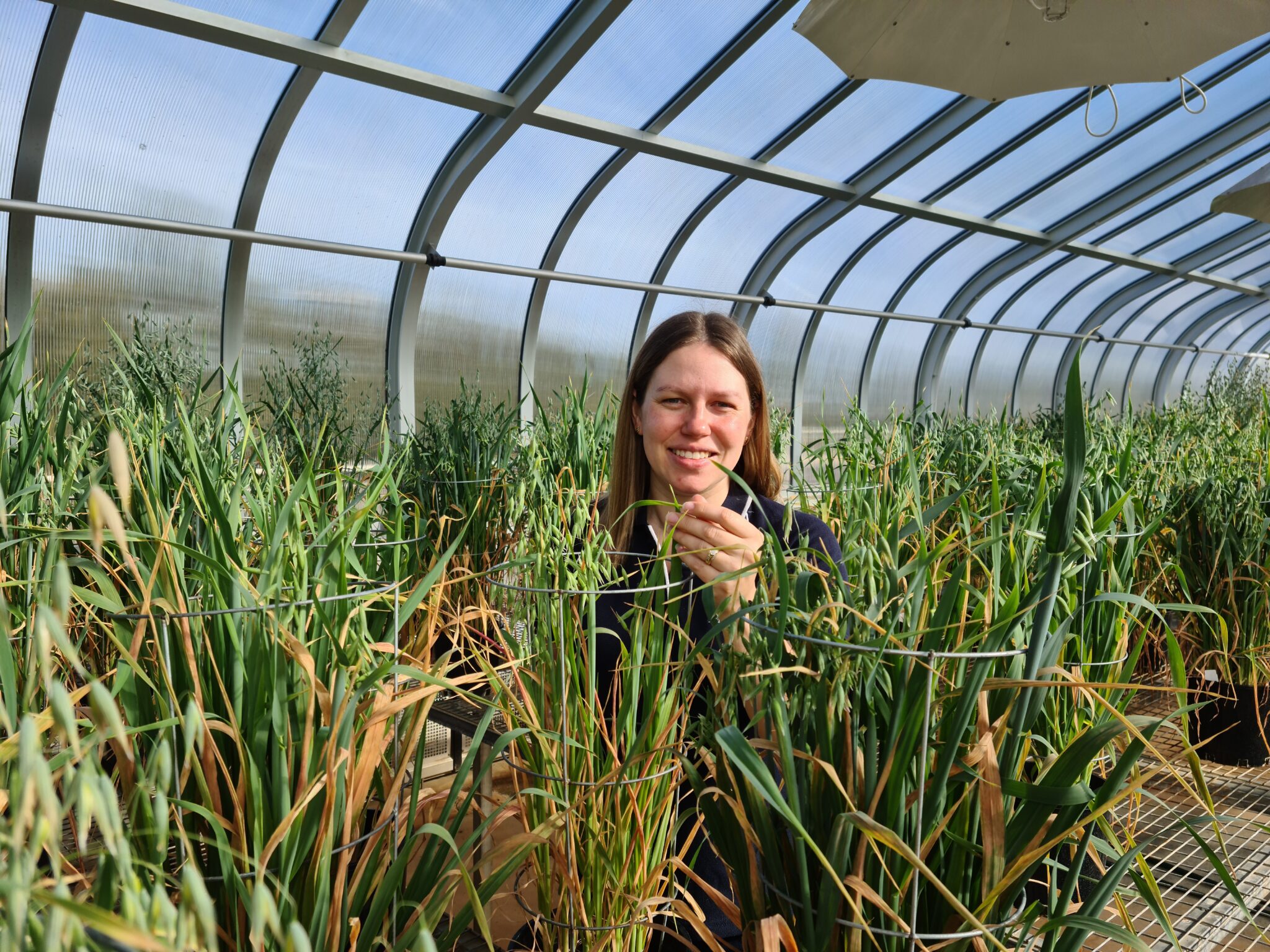Dr Courtney Peirce, a Senior Research Officer at the South Australian Research and Development Institute (SARDI), who led the South Australian component of the NHA project said the research findings suggested growers wouldn’t be disadvantaged by a conservative nitrogen application strategy in drier growing seasons.
“The field trials at Hart during the past two seasons mostly produced high quality hay”, she said.
“The exception were the trials that were under severe nitrogen stress, but overall, the oaten hay quality and yield did not suffer from a conservative approach to applying nitrogen.”
“If your focus is on hay quality, then you don’t want to apply too much nitrogen as higher nitrogen rates can result in lower water-soluble carbohydrates (WSC) and higher fibre content – such as acid detergent fibre and neutral detergent fibre – increasing the likelihood of downgrades in hay quality.”
Export hay trials in 2020, at Hart in South Australia demonstrated no benefit when applying more than 30kg N/ha because of the dry winter, but higher applications were more profitable in the Victorian Wimmera due to more consistent rainfall during winter and early spring allowing plant uptake of nitrogen.
The “sweet spot” for nitrogen applications strikes the balance between quality and quantity in export hay crops and it’s determined each year by the season.
Although weather forecasts for South Australia and Victoria remain variable, Courtney said the research showed more conservative nitrogen applications were best for hay crops after a dry season start.
“This season in many parts of South Australia, there has been limited rainfall, with the moderate season break occurring in late May,” she said. “The growing season rainfall will determine how much applied nitrogen can be taken up by the crop, and our trials suggest that a conservative approach is most likely to be the best-bet.”
“Even if we get above average rainfall for the rest of the season, resulting in increased nitrogen mineralization, you could end-up with poorer quality hay because of the timing of when the nitrogen becomes available. Applying nitrogen too late causes it to accumulate as nitrates in the plant.”
The nitrogen strategy for the NHA trials includes top-dressing two-thirds at seeding and one-third six weeks after germination, with the final nitrogen application applied mid-tillering.
“By this mid-tillering stage in the growing season, it is hoped that the weather forecasting and known plant available soil water enables the grower to decide if the second nitrogen application is still necessary,” Courtney said. “If the yield potential has decreased for the hay crop, then this application may be dropped.”









